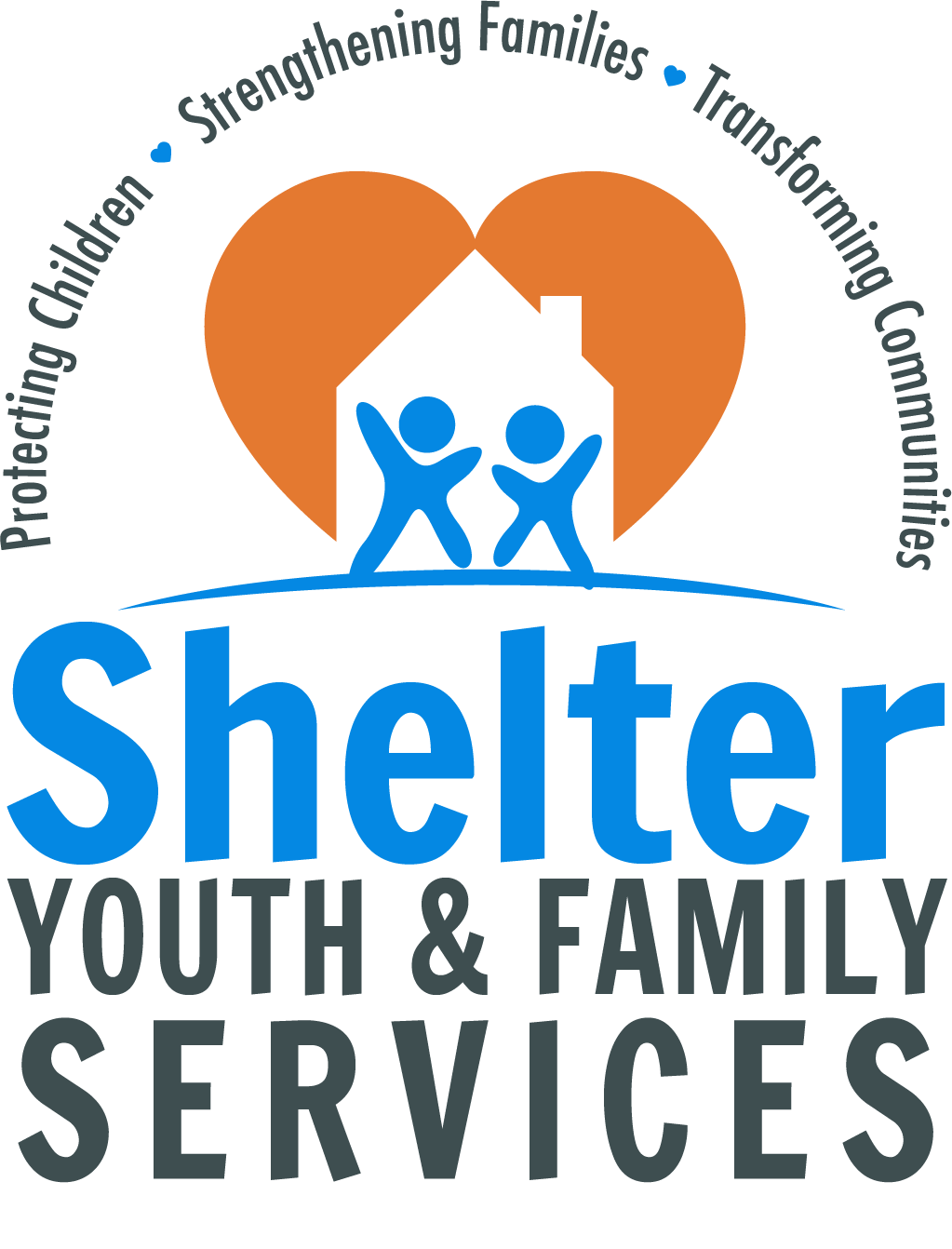1. It isn’t in YOUR neighborhood
The Department of Children and Family Services (DCFS) estimates that 1 in 5 children will be abused by the time they reach 18. Child abuse transcends all demographics. Not only is abuse happening around us all, but adults who were abused as children live where we live, work where we work, and may be our friends and even family members without us ever knowing.
2. It doesn’t affect YOU
Child abuse directly affects us all. The Center for Disease Control estimated the annual cost to U.S. taxpayers is $525 billion, which is more than our military budget. After effects of abuse cause higher crime rates, suicides, lower productivity due to work absenteeism, increase drug and alcohol addiction, a greater burden to our judicial system, over-crowded jails, prostitution, and higher healthcare costs to name a few.
3. Child abusers are monsters
While the reasons for abuse may sometimes be complex, many good people and loving parents become overwhelmed when caring for their children and have triggers that lead to abuse. Triggers may include:
- Stress
- Isolation and lack of support
- Poor childhood experiences
- Intellectual disability
- Lack of parenting education
- Addiction
- Mental Illness
- Low self-esteem
Given the help they need, most perpetrators of child maltreatment can and will reverse their behavior.
4. There isn’t anything you can do about child abuse
Everyone can help end child abuse, and KNOWLEDGE is our best tool. Take the time to be informed, share your knowledge, and encourage others to do the same.
5. Child abuse is physical
Child abuse takes many forms including sexual, physical, and psychological. The Department of Children and Family Services lists the following rank reported of child maltreatment cases:
- 78.3 percent are neglect
- 17.6 percent are physical abuse
- 10.3 percent are other, such as abandonment or threats of harm to the child
- 9.2 percent are sexual abuse
- 8.1 percent are psychological maltreatment2.4 percent are medical neglect
*Totals exceed 100% as some cases are of multiple types of abuse
6. Talking about Stranger Danger is enough to protect your child
While teaching children about Stranger Danger is critical, the National Association of Adult Survivors of Child Abuse (NAASC) reports that 90% of all sexual abuse cases are perpetrated by someone the child knows. For all forms of abuse, 77% of cases are committed by a family member.
7. Wait until you have proof of child abuse before reporting it
Child abuse is everyone’s business, and it is the responsibility of us all to be advocates for children. If you have sufficient reason to suspect child abuse and don’t report it, it could cost the life of a child. Check out our next post “How To Read The Signs of Abuse.”

